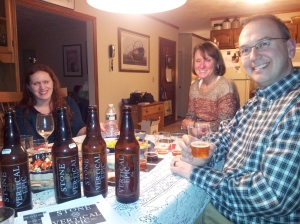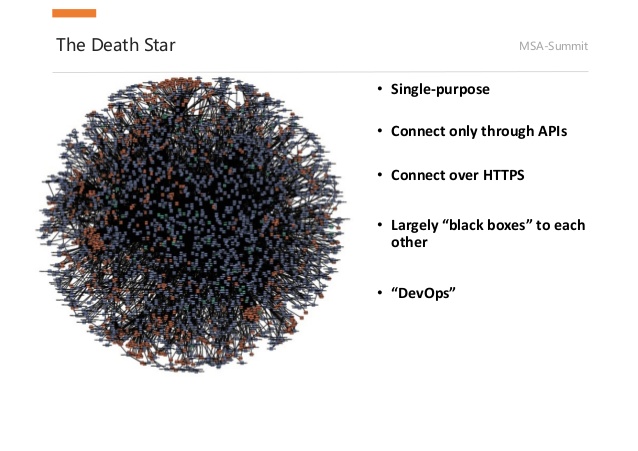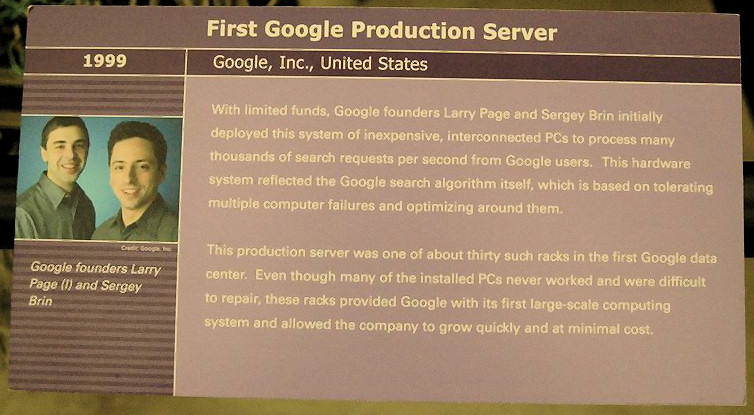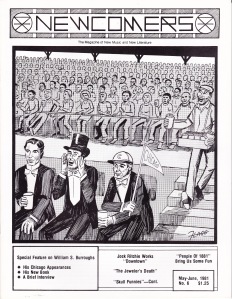Results from the Stone Vertical Epic tasting Dec. 28.
Overall Stone Brewing pulled it off. All the beers were drinkable. And most were exceptionally good. Each was a different style, which was by design. So it was not a true vertical in the sense of it being the same beer produced each year, and tasted as it aged, as might be the case with Orval for example. But it was something no other brewer has done, and you have to hand it to them.
We had a great time with the event, tasting from oldest to newest, and comparing one to another, using the homebrew recipes for detailed information about the brews. One of these days I need to try making one, probably the ’02. The first and best (at least in our scoring)…
On a scale of 1 to 5 mugs, completely subjective, in order from top to bottom (best to worst) here is the average of scores from Kirk Searle, Brian Kelly, Helen Grembowicz, and myself:
4.3 2002
4.2 2006
4.175 2005
4.175 2009
3.725 2003
3.55 2008
3.5 2007
3.375 2004
3.2 2012
2.3 2011
1.375 2010
We had print outs of the home brew recipes for each (excepting 2012, which hasn’t been published) and checked the list of ingredients for spices, hops, sugars, malt mixtures etc. The 2010 suffered most from being unusual I suppose, with Muscat grape juice and chamomile unexpectedly cloying.
Some other comments:
2002: Like honey mead
Doesn’t taste like a wheat beer (40% wheat)
Like angels dancing on my tongue
2003: More alcoholic than the 2002, more malt forward
2004: Starting to taste what I don’t like about Belgians
2005: Like Ommegang (dubble)
2006: This is more of a thirst quencher. Could drink a bottle of this [not sure of the earlier beers in other words]
2007: Peachy nose
2008: Getting towards tasting like the bottom of the stale vegetable crisper
2009: Like a porter
Little bit of a burnt nose
2010: [Muscat and chamomile detected by astute tasters]
This is everything I detest in a Belgian beer, all rolled into one
2012: Pretty good example of the Christmas spicy beer thing
I worked in Santa Clara from early 2000-mid 2002 and looking through the local beer selections discovered Stone’s Arrogant Bastard, which soon became a staple of the fridge and parties at the apartment complex where we lived (we being employees of IONA, where I worked at the time, sent out to assist the transition of the Netfish acquisition).
When I moved back to MA, I looked for Stone brews and found the 03-03-03 Vertical Epic. Following the instructions on the label I bought one of them to keep every year after that, waiting for the release of the 12-12-12.
Because I did not have an ’02, after a couple of years of indecision following the prices on eBay, I finally decided to go for it, and was lucky enough to get a good bottle. As it turned out, it was the star of the event. What a great event!
Homebrew recipes (see bottom of blog for complete list)

The 11 bottles and tasting glasses laid out on the kitchen table below Santa say it all.

Letterman looks like he’s grabbing for the remainder of the VE tasting glasses as the evening comes to a happy close.

Kirk, Helen, and Nataly (who wasn’t drinking)

Nataly, Jane (who wasn’t drinking beer), and Brian










